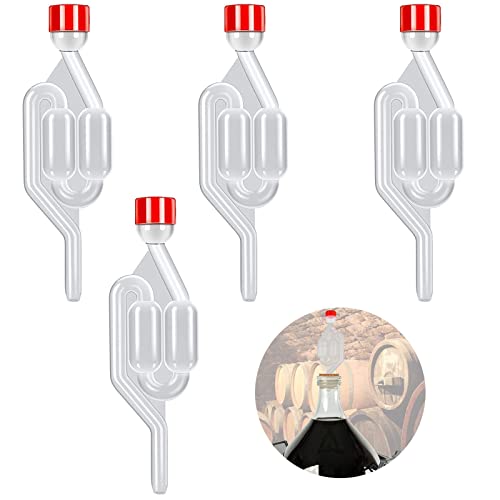If its recirculating why is it dead?
It is dead in terms of calculating strike water volume and temperature since it plays no part in the initial doughing in. If you do not take it into account the strike liquor temp will be too low for the volume of liquor inside the malt basket. I do not know of anybody who mashes in with the recirc running and as everyone knows these systems cannot operate without enough excess liquor for recirculation if they did not need it there would be zero space below the grain basket.
For the record my thinking about the Bz 35L is that, although I have found it to function quite well, it is a huge set of compromises to get the maximum from volume of vessel they had... thus the boil extender comes into play. That is not to say I do not think that the boil extender is not a good idea because making a 25L batch with a heavy beer is impossible as standard I struggled with 4.8kg .

























![BREWING THERMOMETER STICKERS ACCURATELY MONITOR FERMENTING BEER & WINE LIQUID TEMPERATURES 5PCS HOME BREW SPIRITS WINE LCD ADHESIVE [US]](https://m.media-amazon.com/images/I/311DDjo2X3L._SL500_.jpg)















 .
.